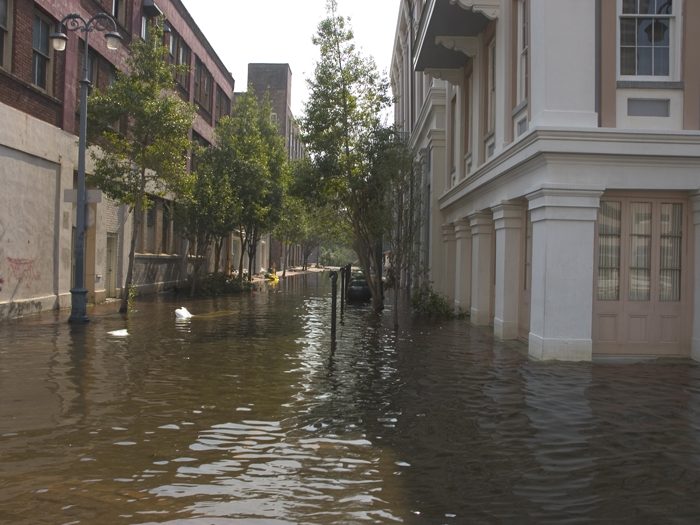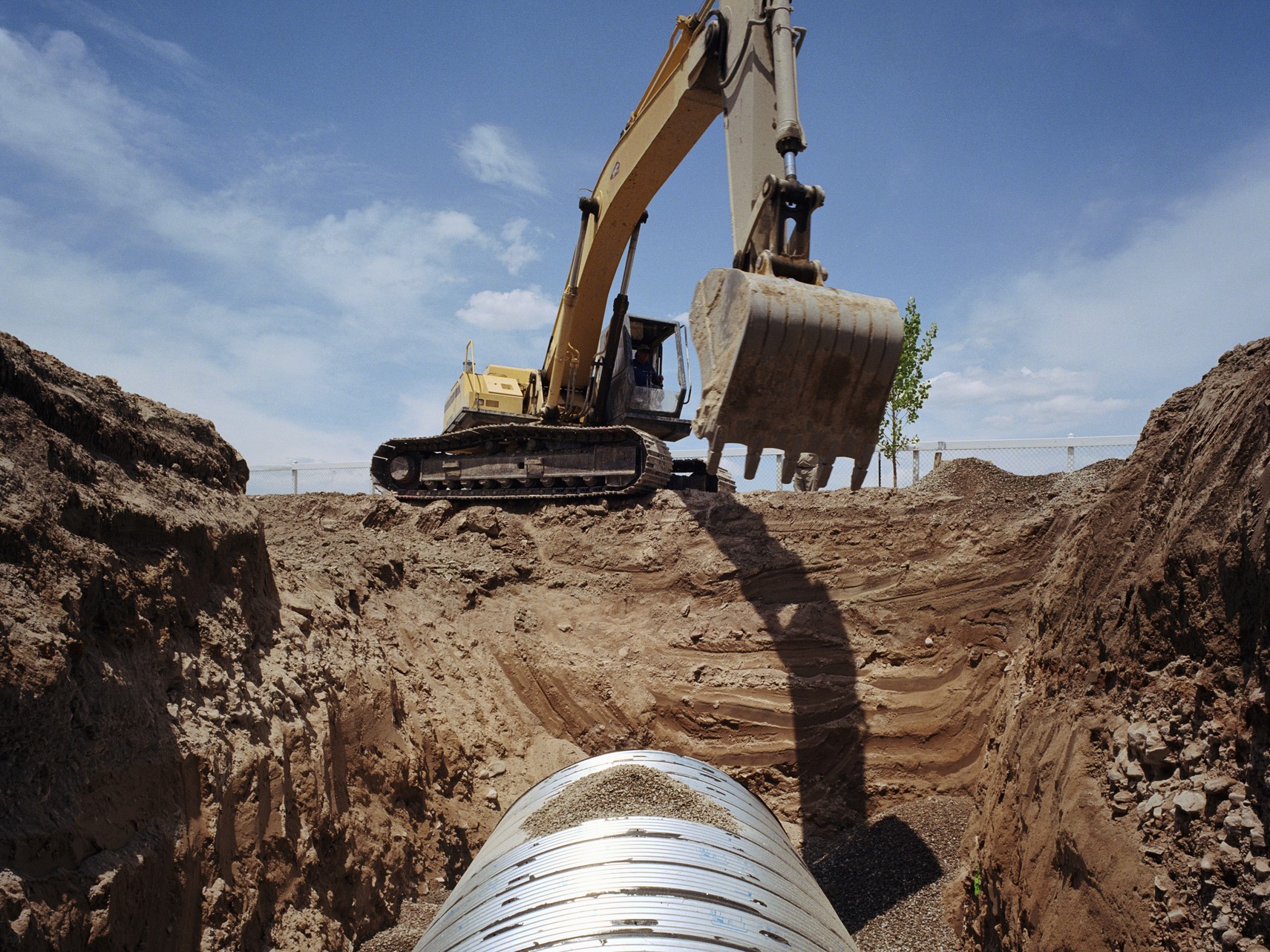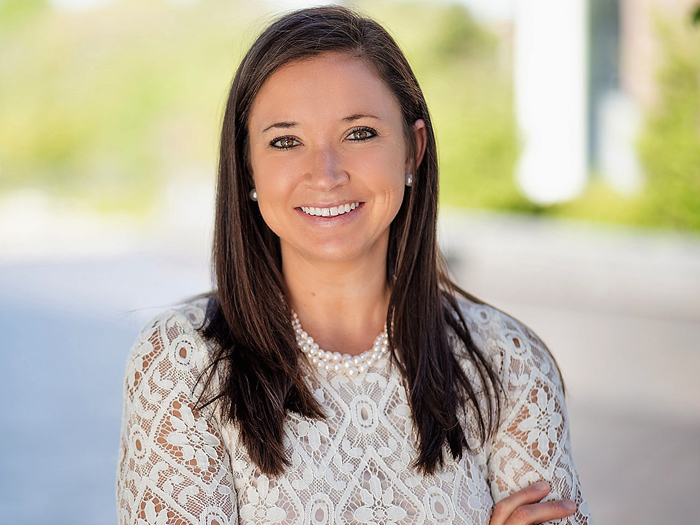Cloud to Street: How This Flood Intelligence Platform Uses Satellite Data to Improve Disaster Response

Worldwide, no line of insurance has a greater coverage gap than flood insurance.
To address this problem, climate adaptation technology company Cloud to Street (C2S) aims to create a scalable parametric flood insurance policy.
C2S is already helping more than two dozen countries and a number of insurers, reinsurers and corporates to close the flood gap.
“Global flooding threatens billions of people and remains the most common and costly natural peril,” said Peter Lacovara, parametric insurance expert and head of commercial at C2S.
“Worsening climate change underscores the need to prioritize climate adaptation and financial solutions, to support those affected by natural disasters.”
Since its founding 10 years ago, C2S has pioneered the field of satellite flood tracking. Its flood intelligence platform has enabled the United Nations and national governments to improve flood disaster response.
The company is now powering a new type of flood insurance to help flood-vulnerable communities around the world access financial support and adapt in the face of increasing climate disasters.
How It Works
C2S provides precise, near-real-time intelligence on flooding and flood risk.
The ability to do this requires three main elements: satellite technology, a 35-year database of flooding worldwide and a huge amount of computing power.
The intelligence gives governments the information necessary to better handle refugees, make more informed zoning decisions and limit construction in flood zones.
Led by senior scientists in the fields of hydrology, machine learning and spatial analysis, C2S combines several flood data streams — including optical and radar satellites, historical flood maps and on-the-ground intelligence — with machine learning to deliver vital and actionable information about the extent and impact of ongoing flood events.
The company aims to provide insurers and other disaster risk holders with previously inaccessible data, helping them to insure new markets, respond to emergencies and plan for future flood risk.
“C2S has two key technologies that are useful for the insurance business,” Lacovara said. “Using our algorithms, we can look at old satellite data as far back as the 1980s and provide a footprint for any flood anywhere in the world, which allows a different look at the historical risk.
“The second piece is research into historical versus modeled outcomes for higher-frequency flooding, which is significantly more accurate than modeled output.”
With so many satellites in space, C2S is able to model high-frequency flooding as it occurs. “If you look at the flooding in Pakistan in September,” Lacovara said, “modeling would have been entirely impossible using any other technology than satellites.”
Parametric Solutions to Flood Risk
Huge numbers of people can’t obtain traditional flood insurance. Parametric insurance works differently and is growing in popularity as a way for customers to buy cover from their insurers.
Parametric (or index-based) insurance policies cover the probability of a predefined event happening, rather than indemnifying insureds against actual losses incurred.
Parametric solutions require a triggering event, such as an earthquake, tropical cyclone or flood, where the relevant parameter is the magnitude, wind speed or precipitation, respectively.
If predefined event parameters are met or exceeded, the insurance cover is triggered and the insurer makes the payment agreed to in advance, regardless of the actual physical loss sustained.
“Parametric solves two fundamental challenges,” said Lacovara. “One: the data challenge. For conventional underwriting, you need information such as historical risk, construction quality and so on. This can be a real challenge, since the data is often not available. With parametric, you don’t need it.”
The second challenge, especially in the developing world, is claims assessment.
“To deliver claims in a timely manner, you [typically] need a human being, a claims adjuster,” Lacovara explained, “whereas with parametric, you don’t. All you need are the attributes of the event.”
In parts of Pakistan, for example, simply gaining access to damaged areas could take weeks or months.
Humble Beginnings, Big Future
C2S was founded by Bessie Schwarz and Dr. Beth Tellman while they were studying as master’s students at Yale University.
Both had experience working with climate-vulnerable communities and saw firsthand how a lack of data directly contributed to inequity and financial ruin in the face of climate change.
At Yale, the two women built the first iteration of C2S as a foundation, which they ran as a side project to fix disaster aid lists in El Salvador and New York state.
Google and others funded the company to build out the full research.
A year ago, seed level capital was acquired, allowing C2S to fully develop its operations and extend the business into the world of insurance.
“We have a few things in our favor,” Lacovara said. “We have been doing this for 10 years, which is not a trivial thing. Many companies in the satellite space have tried to do this, but we have the experience. We have the largest flood database, which is required to allow our computers to detect what is water, based on information sent by the satellites.”
Defining what is water from photographic images is no easy matter.
“The algorithms are not just a piece of code,” Lacovara said. “You give the program lots of data and it has to work out what is water. We train the algorithms.”
C2S has gained its greatest traction outside the commercial insurance market in the United States.
“Because we have, relatively speaking, so much flood indemnity insurance in the U.S., there’s not as much demand,” Lacovara explained. “There are pockets; we have made headway, but outside the U.S. is where there is the most to gain.”
Eventually, C2S intends to make its services available to every carrier and broker in the world.
“Our role as a data service provider is to serve the marketplace,” Lacovara said. “Right now, there is no parametric flood market. We aim to enable one to form.”
He pointed out that, while the U.S. Geological Survey has a focus on earthquakes and the National Hurricane Center addresses wind, no meteorological agency provides the flood-related information that C2S can provide.
“The only way that a comparable flood market can develop is by having a trusted and reliable resource, and that’s the reason driving us forward,” Lacovara concluded. &











